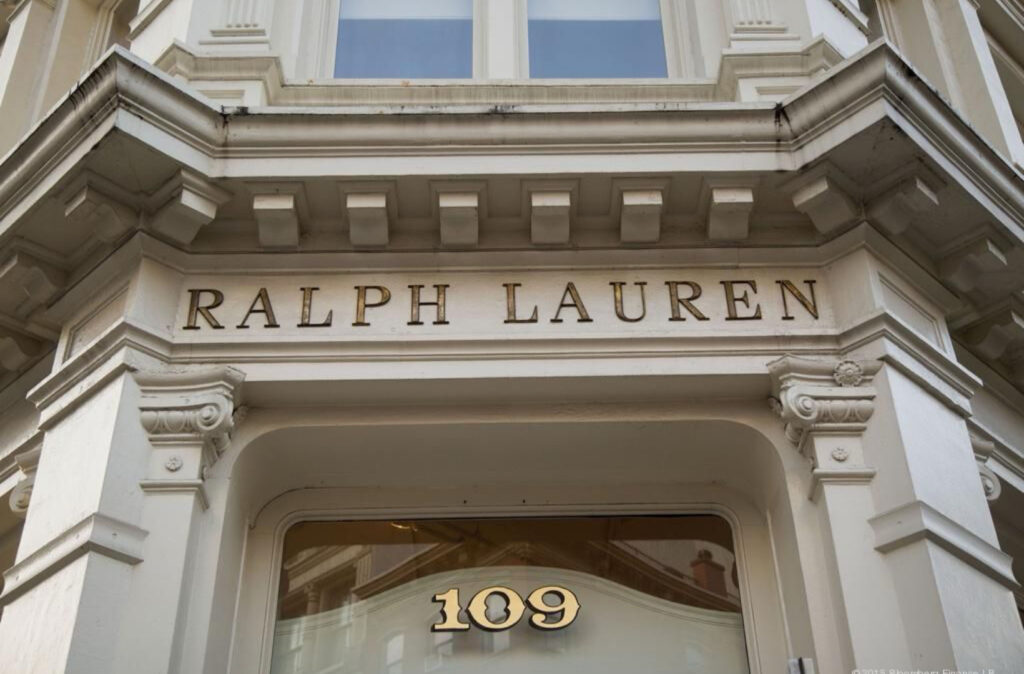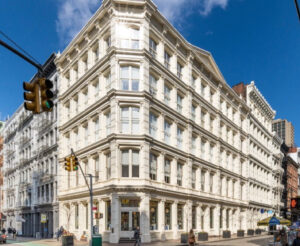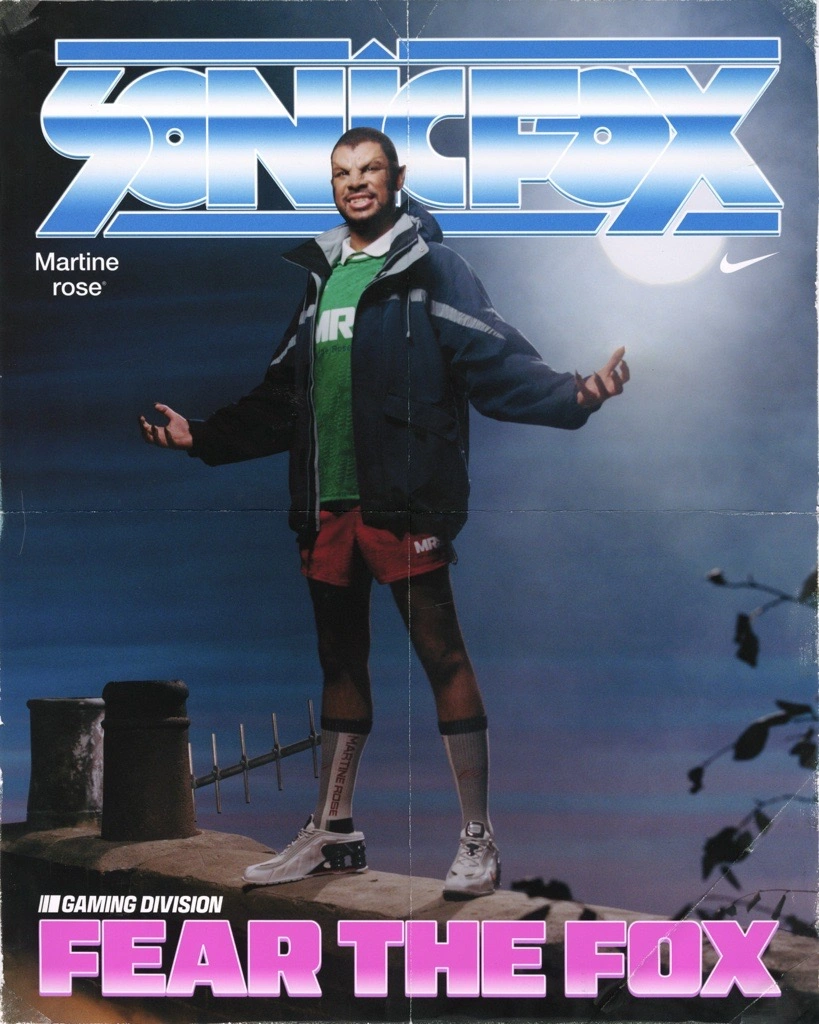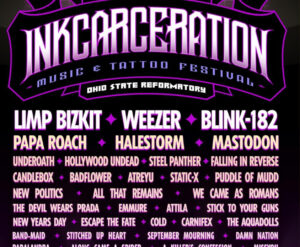In the cartography of global luxury, few square blocks carry the resonance of SoHo. It is New York’s sunlit confessional for style, where cast-iron facades frame dreams in denim, and every corner hums with the carefully undone elegance of creative capital. To own a storefront here is not just to rent space—it is to inherit a cultural ZIP code. And in April 2025, Ralph Lauren etched its name deeper into the city’s architectural mythology with a record-shattering $132 million acquisition of its long-held retail condominium at 109 Prince Street.
What might seem like a transactional headline belies a layered narrative—of rivalry, legacy, market fortitude, and symbolic permanence. This isn’t just real estate. It’s a statement of faith in place as brand, and a bet on the psychic value of bricks and mortar in a digitized luxury economy.
The Anatomy of an Address
Let us begin with the bones: 109 Prince Street, nestled at the confluence of Prince and Greene, occupies a plot that reads like a New York fashion diary. The building, distinguished by its classical cast-iron frontage and oversized windows, is a neoclassical hymn to retail theatre. Since 2010, Ralph Lauren has occupied the storefront—a gallery of Americana dressed in sandstone and sepia tones, where every flannel shirt and cashmere blazer breathes cinematic restraint.
But occupancy is not ownership. Until now, the two-unit commercial condominium belonged to Swiss investor Jean-Pierre Lehmann, who acquired it nearly two decades ago. The recent transaction covers 9,909 square feet, divided into a 4,500 SF ground floor, 2,144 SF basement, and a 3,265 SF second floor—a layout of vertical luxury with an unprecedented blended rate of $13,321 per square foot. The ground floor alone clocks in at approximately $29,333/SF, setting a new watermark in downtown commercial real estate.
This is not mere arithmetic. This is valuation as cultural liturgy. Ralph Lauren did not simply purchase a property—it secured a myth.
LVMH’s Bid: A Battle of Empires
The drama behind the acquisition sharpened when LVMH—the French conglomerate that owns Louis Vuitton, Dior, and Tiffany & Co.—entered the bidding arena. Their interest in 109 Prince was strategic: relocate Tiffany & Co., the storied jeweler, into the heart of SoHo, solidifying the brand’s downtown reincarnation. It would have been a tectonic retail shift, reimagining Tiffany in a neighborhood of art school rebels, tech moguls in joggers, and curated edge.
But Ralph Lauren held its ground—not merely financially, but philosophically. Where LVMH plays luxury like a game of global chess, Lauren’s move was more intimate. A defense of home turf. The Prince Street store is not just a flagship—it’s a stage for the Ralph Lauren mythos: burnished wood floors, vintage trunks, Ralph Lauren Home flourishes that evoke Aspen lodges and Hamptons estates in equal measure. Losing the location would have punctured the brand’s New York aura.
That LVMH failed to secure it speaks volumes. Not every empire wins every street.
Ownership as Brand Infrastructure
The significance of the acquisition is not strictly financial—it’s foundational. In an era where many luxury brands lease their flagship properties at staggering rents, Ralph Lauren has signaled a deeper strategy: own the stage, not just the script. This is a hedge against volatility and a reinforcement of permanence.
As e-commerce accelerates, brick-and-mortar stores have transformed from points of sale into brand temples—sensory sites where shoppers aren’t merely purchasing but inhabiting. Prince Street is no longer just where Ralph Lauren sells cable-knit sweaters. It’s where it sells belonging.
Ownership gives the brand editorial control over its spatial identity. No lease renegotiations. No landlord-imposed changes. Just uninterrupted aesthetic authorship in a neighborhood that functions as the city’s cultural living room.
And in SoHo—where art once met rebellion, and now meets architecture, fashion, and finance—this permanence matters. Even more so when the property plays host to international foot traffic, digital content creation, and the ever-rolling lens of influencer documentation.
The Mythology of SoHo and the Retail Renaissance
To understand the full emotional weight of Ralph Lauren’s move, one must consider what SoHo was, is, and represents. The 1970s gave SoHo its creative heartbeat—loft-living artists, industrial decay, and Jean-Michel Basquiat scribbling genius between gallery gigs. In the 1990s, fashion crept in—first through boutiques like Anna Sui and Helmut Lang, then corporate pioneers like Chanel and Prada.
By the time Ralph Lauren opened its doors in 2010, SoHo was fully gentrified but not yet sterilized. It remained seductive—a district of light and heritage. What Ralph Lauren did, with its careful interiors and Americana staging, was plant the flag for luxury as nostalgia. It conjured a world not of trend but of story. To buy there was to time travel, not just to shop.
Now, with the purchase, the brand is saying: this mythology is not for rent. It’s for keeps.
And that choice reverberates. In a post-pandemic retail economy, where online sales continue to threaten streetfront vitality, investments like these reassert that location still matters—but not just for transactions. For meaning. For permanence. For the theater of identity.
Economic Refraction: $132 Million as Signal
Let’s pause to consider the sheer economics of the transaction. $132 million for just under 10,000 square feet is not only a SoHo record—it’s an affirmation of luxury real estate as a brand asset class. Real estate has always been a shadow currency in fashion. But now, it’s on the main ledger. This isn’t just store ownership. It’s capital allocation in a saturated image economy.
The price also reflects scarcity logic: Prince Street has finite frontage. And in the global real estate portfolio of luxury houses, few addresses offer both cultural cachet and foot traffic. The blended $13,321/SF price tag, while seemingly irrational, is calibrated not only by physical dimensions but symbolic gravity.
As with the brand’s famed mansions in Chicago and flagship on Madison Avenue, this acquisition signals Ralph Lauren’s intent to remain a landed institution, not a passing digital platform. As brands flirt with the metaverse and decentralized retail, Lauren builds a fortress out of real floors and historic moldings.
Ralph Lauren’s Legacy: Reinvention through Roots
Perhaps the most poetic dimension of this acquisition is what it reveals about Ralph Lauren himself. Now 85, Lauren remains an elder statesman in the fashion world—a designer who built not just a brand but an ideal. From ivy league prep to Navajo ranchwear, from Gatsby dreams to downtown minimalism, his vision has always been about place—emotional, cultural, spatial.
By buying 109 Prince, the house of Ralph Lauren does more than secure a future. It reenacts a legacy of grounded elegance. It reminds us that real estate is not just business—it’s autobiography. This storefront is not a billboard. It’s a mirror, reflecting who the brand has been and who it intends to be.
And for a label so rooted in American iconography, what could be more fitting than owning a piece of the country’s most mythologized cityscape?
Impression
The SoHo acquisition closes a loop. It begins in 2010 with design. It ends in 2025 with deed. In between lies a decade of shifting consumer habits, digital overexposure, and retail anxiety. And through it all, the Prince Street store remained a refuge—its wood-paneled walls and Polo scent offering constancy in chaos.
Now, it is more than refuge. It is fortress.
At a time when the industry churns faster than trends can be named, when fashion houses change creative directors as often as models change looks backstage, Ralph Lauren’s $132 million move is a quiet declaration: some things are worth keeping.
Not for nostalgia.
But for power.
For permanence.
For place.
No comments yet.









